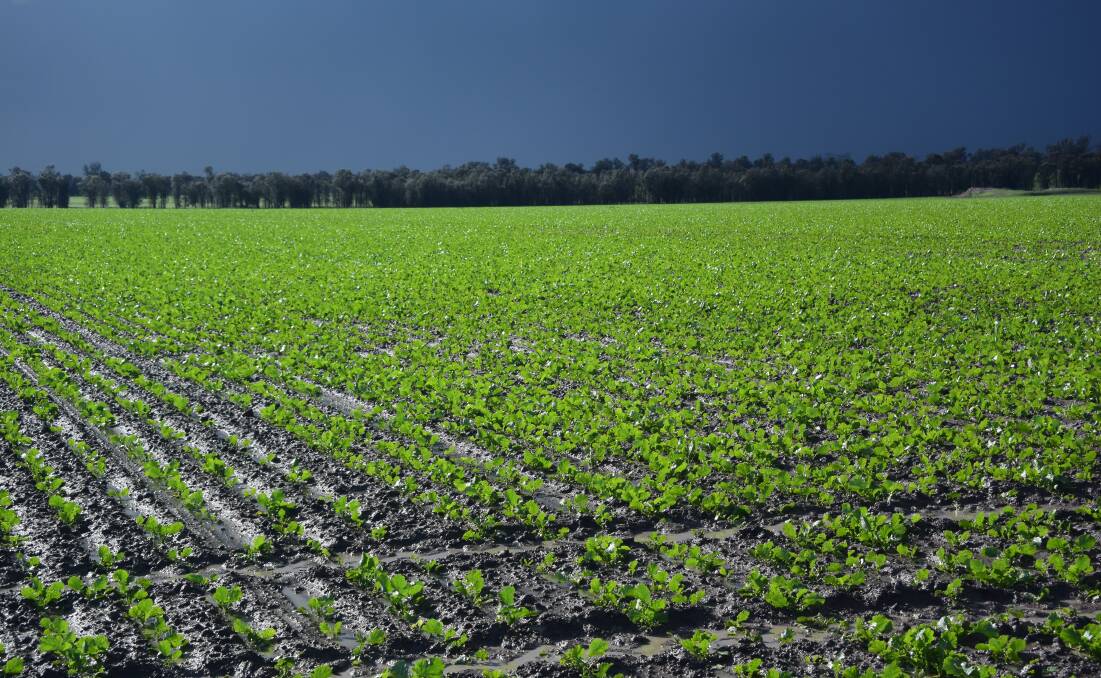
THE AUSTRALIAN Bureau of Agricultural and Resource Economics and Sciences (ABARES) is forecasting big swathes of Australia's agricultural zones will enter the autumn with severe soil moisture deficiencies.
In data released at this week's Outlook conference in Canberra, ABARES said below average rainfall and well above average temperatures during December 2018 and January 2019 resulted in a decline in soil moisture.
This is expected to be a particular problem in areas with summer active rainfall, which have no banked soil moisture for crops or pastures to access in winter.
It gave the sobering statistic that in some parts of the summer cropping regions, soil moisture in January was at its lowest level on record, which has contributed to the erosion in sorghum production estimates, now down at 1.3 million tonnes, with some private forecasters going as low as 1m tonnes.
Another flashpoint which has not received the same publicity as the ongoing dry in Queensland and NSW is a severe dry spell in southern Western Australia, with the area between Albany and Esperance particularly heavily impacted.
Victoria, southern NSW and South Australia are also generally bone dry, however farming systems in these areas are not so reliant on summer rainfall so the dry is not eating into farmer confidence as yet.
In terms of soil moisture there was a silver lining from the devastating northern Queensland foods has been an increase in soil moisture readings in that area, which may help spark tropical pasture growth, which had been well below average for the three months to January.
Looking forward, ABARES said the Bureau of Meteorology (BOM) was looking at a relatively normal autumn in the south in terms of rainfall but the east, in particular Queensland and northern NSW, is set to remain dry.
However, in its report, the BOM notes that forecasting skill at this time of year is not particularly high.
If realised, ABARES said the drier forecast would impact on agricultural output, but added it was not factoring in lower rainfall in eastern Australia into its production modelling as yet.


